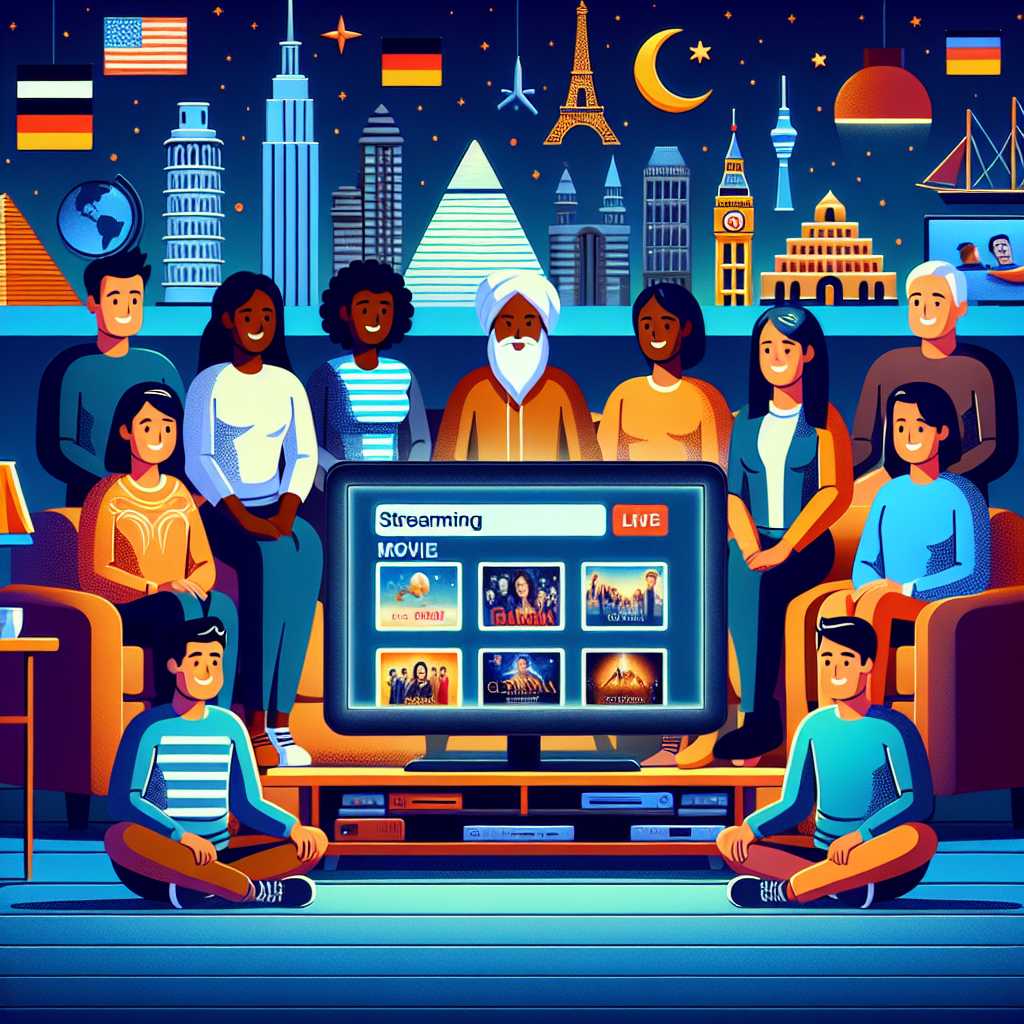Exploring Prime Video: Amazon’s On-Demand Entertainment Platform
Prime Video is Amazon’s streaming platform, a competitor in the increasingly crowded online streaming landscape. As part of Amazon’s larger Prime subscription service, it offers a wide array of video content, including movies, TV shows, and original series. The service is a direct competitor to other streaming platforms like Netflix, Disney+, and HBO Max, and has been carving out its place through diverse content offerings and attractive membership perks.
The Emergence of Prime Video
Prime Video was launched in September 2006 under the name Amazon Unbox in the United States. Over time, it evolved with the adoption of streaming technology and a shift towards a subscription-based model. Renamed as Prime Video, it became part of Amazon’s Prime subscription, which also includes accelerated shipping options, music streaming, and more. This integration has given Prime Video significant penetration in the market due to the wide appeal of Amazon’s delivery services.
Content Portfolio and Exclusive Original productions
Amazon has invested heavily in acquiring a varied content library for Prime Video. It has secured rights to popular films, classic TV shows, and has created a vast array of exclusive content—also known as Amazon Originals. The platform has had significant success stories with its original series; shows like “The Marvelous Mrs. Maisel,” “Tom Clancy’s Jack Ryan,” and “The Boys” have garnished critical acclaim. Similarly, exclusive movies like “Manchester by the Sea” and “The Big Sick” have received awards and widespread recognition.
User Experience and Technology Integration
Ease of use and seamless integration with existing Amazon services are among the prominent benefits of Prime Video. The platform runs on multiple devices, including smart TVs, consoles, mobiles, and through its dedicated website. Advancements in cloud technologies have allowed for improvements in video quality and adaptability to different internet speeds and screen sizes. In addition, Prime Video supports features such as 4K resolution, High Dynamic Range (HDR), and mobile downloads for offline viewing.
Subscription Model and Pricing Strategy
Prime Video is available at no additional cost to Amazon Prime members. Its pricing has been aggressive compared to other streaming platforms while offering extra Prime benefits. This strategy attracts users primarily interested in other Amazon services but who might use the video streaming as an added value. Non-Prime members can also subscribe to Prime Video independently at a monthly fee.
Competition and Market Influence
In an industry led by pioneers like Netflix and traditional media entering the digital age like Disney+ and WarnerMedia’s HBO Max, Prime Video holds its ground by constantly supplementing its offerings with diverse content and maintaining competitive pricing strategies. It also collaborates with outside networks by allowing subscriptions to alternative services via “Amazon Channels,” which adds a more extensive selection range that users can customize.
International Outreach and Localization
Prime Video is available worldwide except for Mainland China, Iran, North Korea, Syria, and certain territories where licensing restrictions apply. It has put substantial effort into localization by offering various local content suites tailored to individual markets outside the United States. This strategy helped Prime Video become more relevant on a global scale.
Content Licensing and Collaboration With Studios
Content is king in the streaming industry. Understanding this axiom, Amazon collaborates enthusiastically with studios for licensing agreements and even enters co-production deals for creating regional content. It balances this with strategic decisions around library management—occasionally dropping old titles in favor of refreshing the line-up with new acquisitions or original productions.
Challenges Ahead for Prime Video
Despite its successes, Prime Video doesn’t rest unchallenged; issues like subscription fatigue amongst consumers, fierce competition from longstanding TV networks building their own platforms (like Peacock by NBCUniversal), and potential regulatory challenges regarding antitrust concerns could affect its operations.
